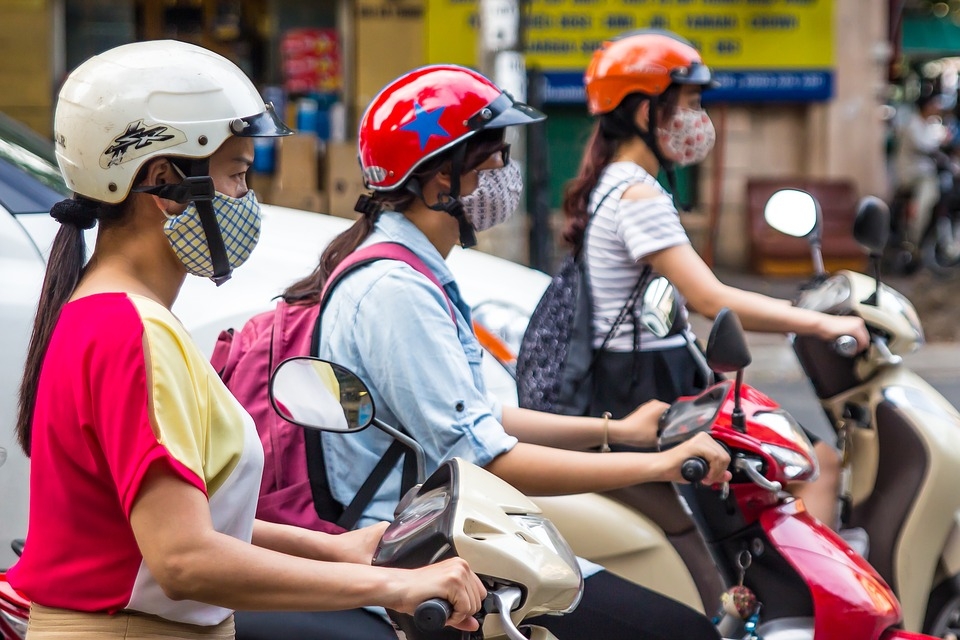Air pollution kills 7 million each year, 90% of which are in poor countries

The latest report by the World Health Organisation (WHO) reveals the significant damage air pollution is having across the world, particularly in low income countries.
WHO’s estimates reveal that 90% of the global population breathe air containing a high level of pollution and 7 million die each year due to exposure to household and outdoor air pollution. Women and children are most exposed to these pollutants.
Dr Tedros Adhanom Ghebreyesus, Director-General of WHO commented:
“Air pollution threatens us all, but the poorest and most marginalised people bear the brunt of the burden”
“It is unacceptable that over 3 billion people – most of them women and children – are still breathing deadly smoke every day from using polluting stoves and fuels in their homes. If we don’t take urgent action on air pollution, we will never come close to achieving sustainable development.”
Exposure to air pollution has devastating health effects as pollutant particles can penetrate the lungs and cardiovascular system, causing strokes, heart disease, lung cancer, chronic obstructive pulmonary diseases and respiratory infections such as pneumonia.
Air pollution is one of the leading causes of death from non-communicable diseases; for example air pollution causes 43% of deaths from chronic obstructive pulmonary disease, 29% from lung cancer, 25% from stroke and 24% from heart disease.
Figures from 2016 reveal that outdoor air pollution caused 4.2 million deaths and household air pollution caused 3.8 million deaths, air pollution from cooking with polluting fuels and poor technologies is a critical issue in many low income countries.
Estimates suggest that 40% of the world’s population, around 3 billion people, do not have access to clean cooking fuels and technologies.
The report also found that 90% of deaths due to air pollution occur in low/middle income countries, with a large majority of these occurring in Africa and Asia. The highest levels of outdoor air pollution are in South East Asia where levels are 5 times WHO’s limit.
Dr Maria Neira, Director of the Department of Public Health, Social and Environmental Determinants of Health, at WHO added:
“Many of the world’s megacities exceed WHO’s guideline levels for air quality by more than 5 times, representing a major risk to people’s health”
Recognising the threat of air pollution, many governments around the world are now introducing measures to reduce pollution levels. However, a collaborated and coordinated approach between nations is required to achieve a sustainable solution.
The key sources of air pollution around the globe are: household energy use, industry agriculture, transport and coal-fired power stations. Desert dust, waste burning and deforestation can also add to the problem.
Join us at the 4th Annual AIDF Asia Summit on 20-21 June 2018 at the United Nations Conference Centre in Bangkok.
If you’d like to stay informed on the latest updates in aid and development, please sign up for the AIDF newsletter.
Image credit: Robert Ziemi














